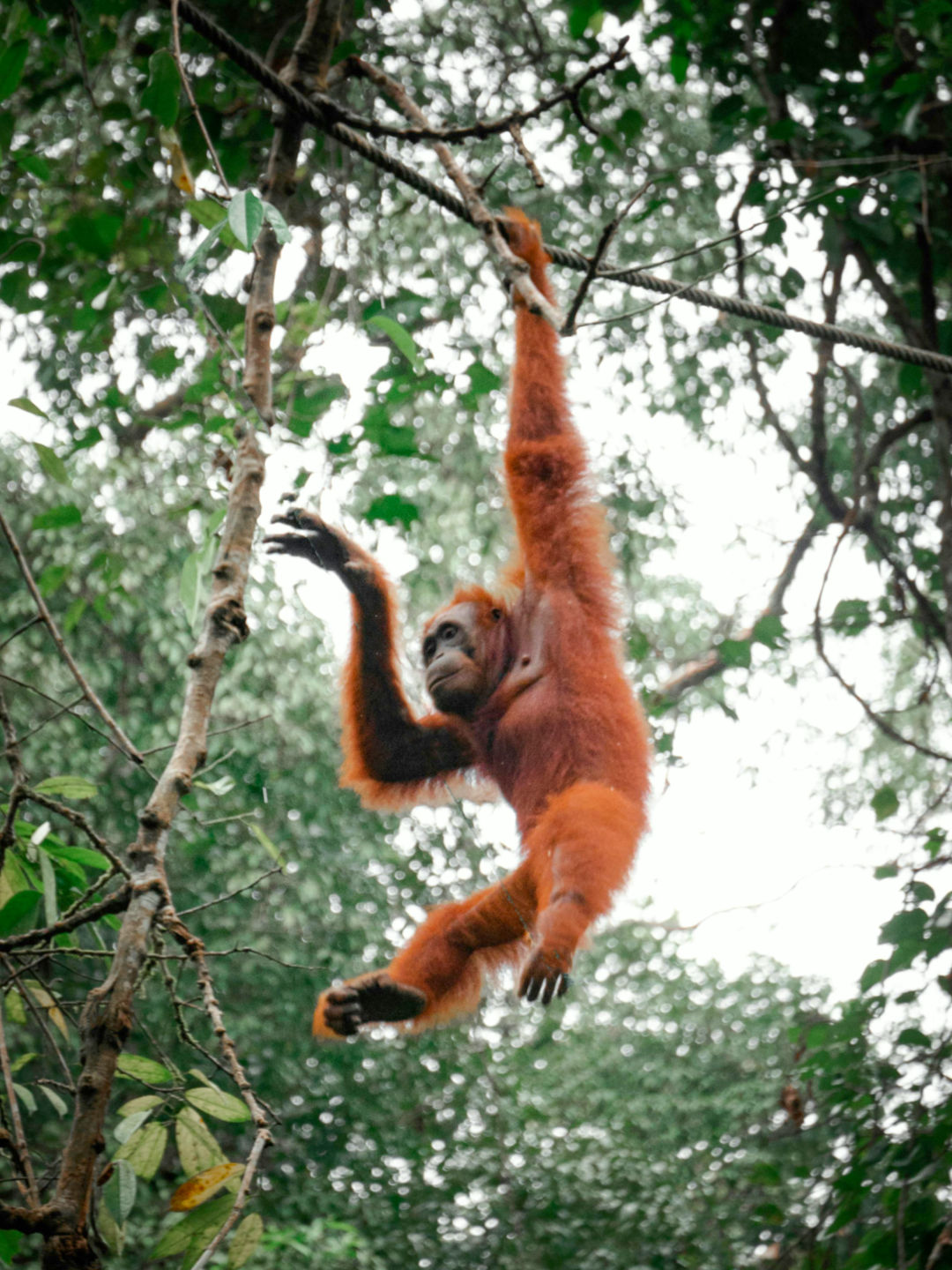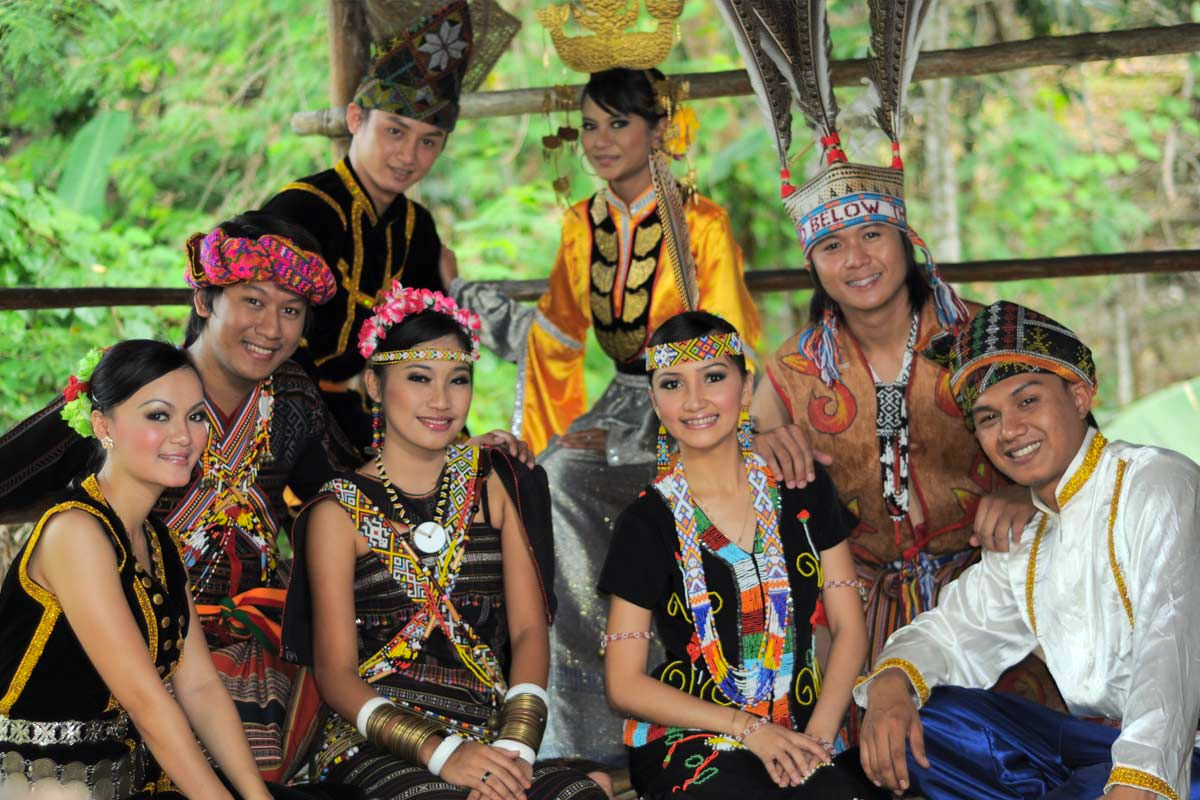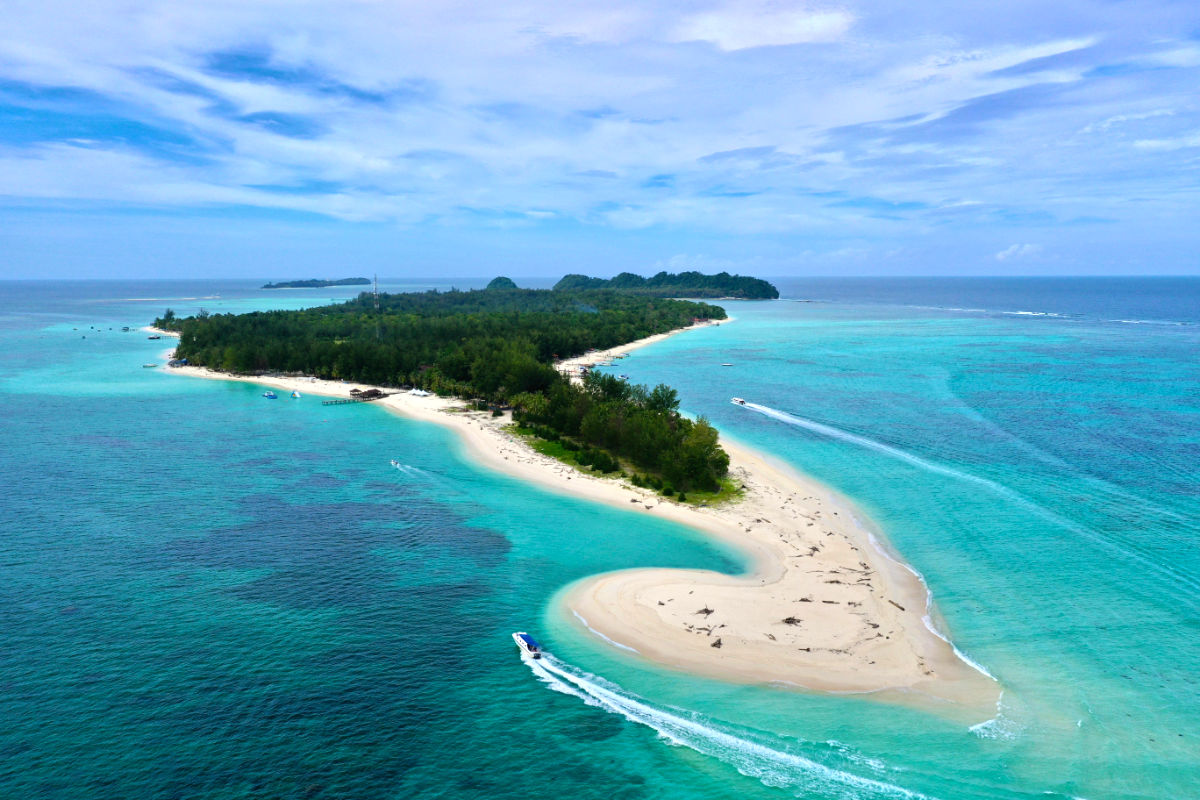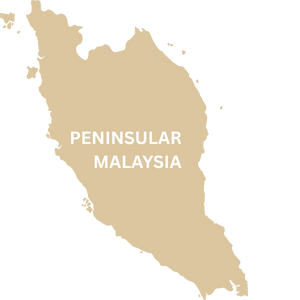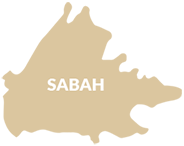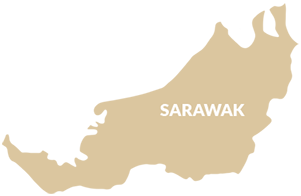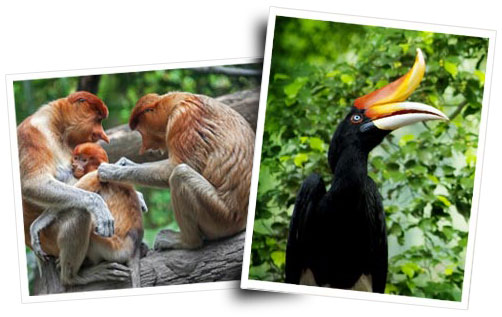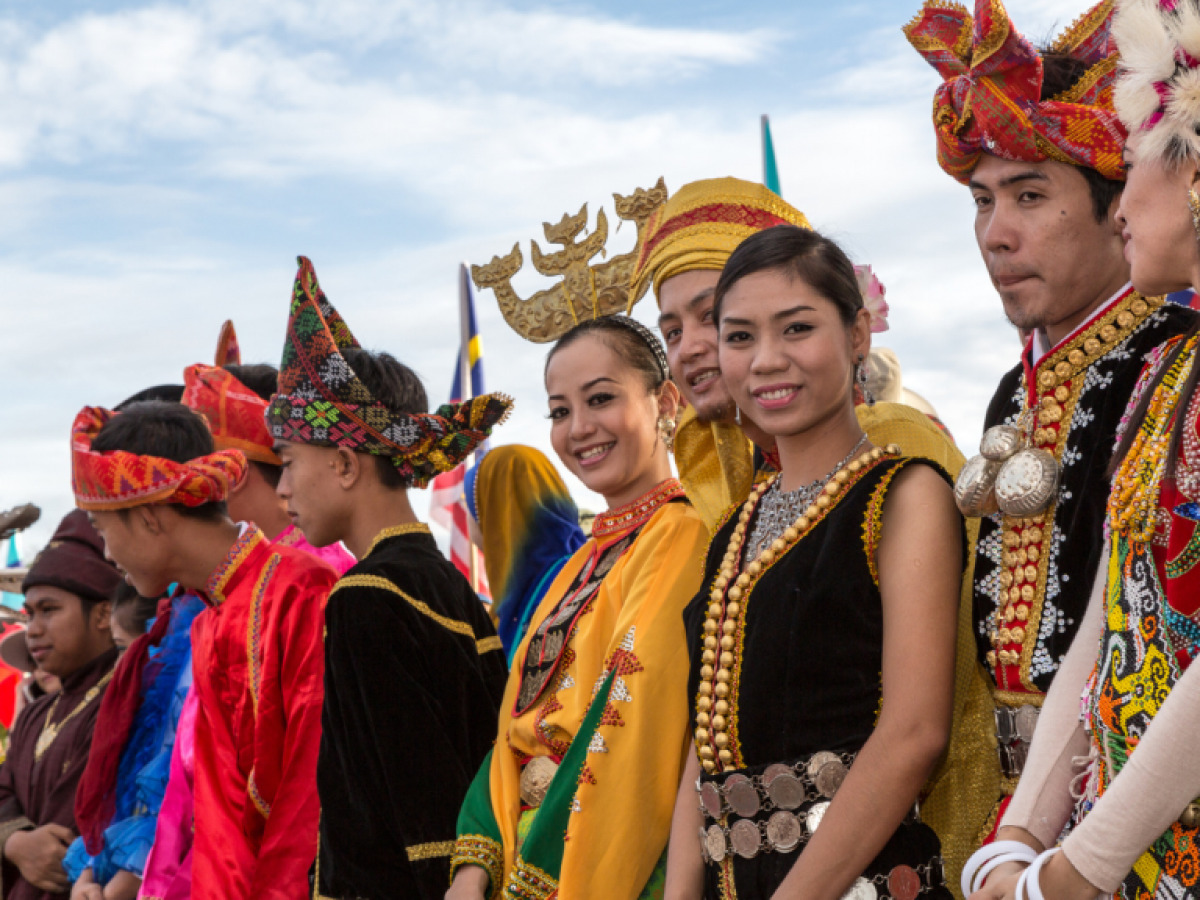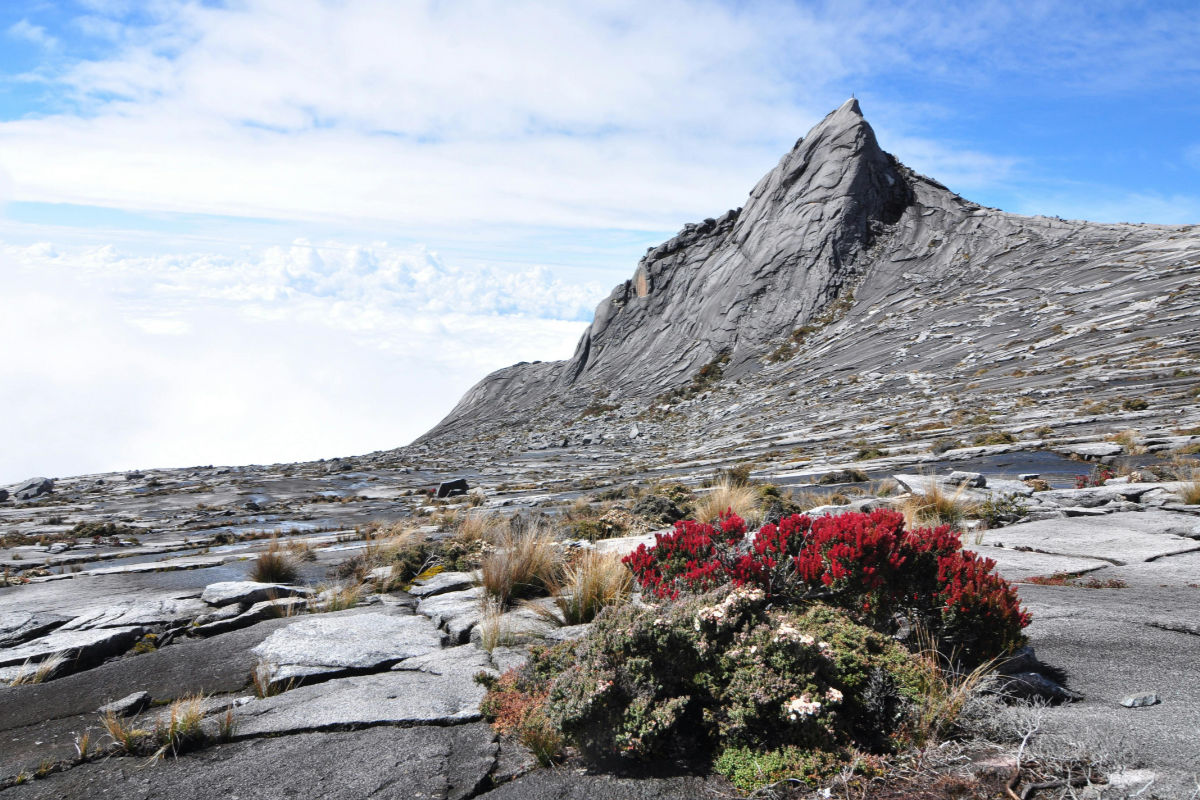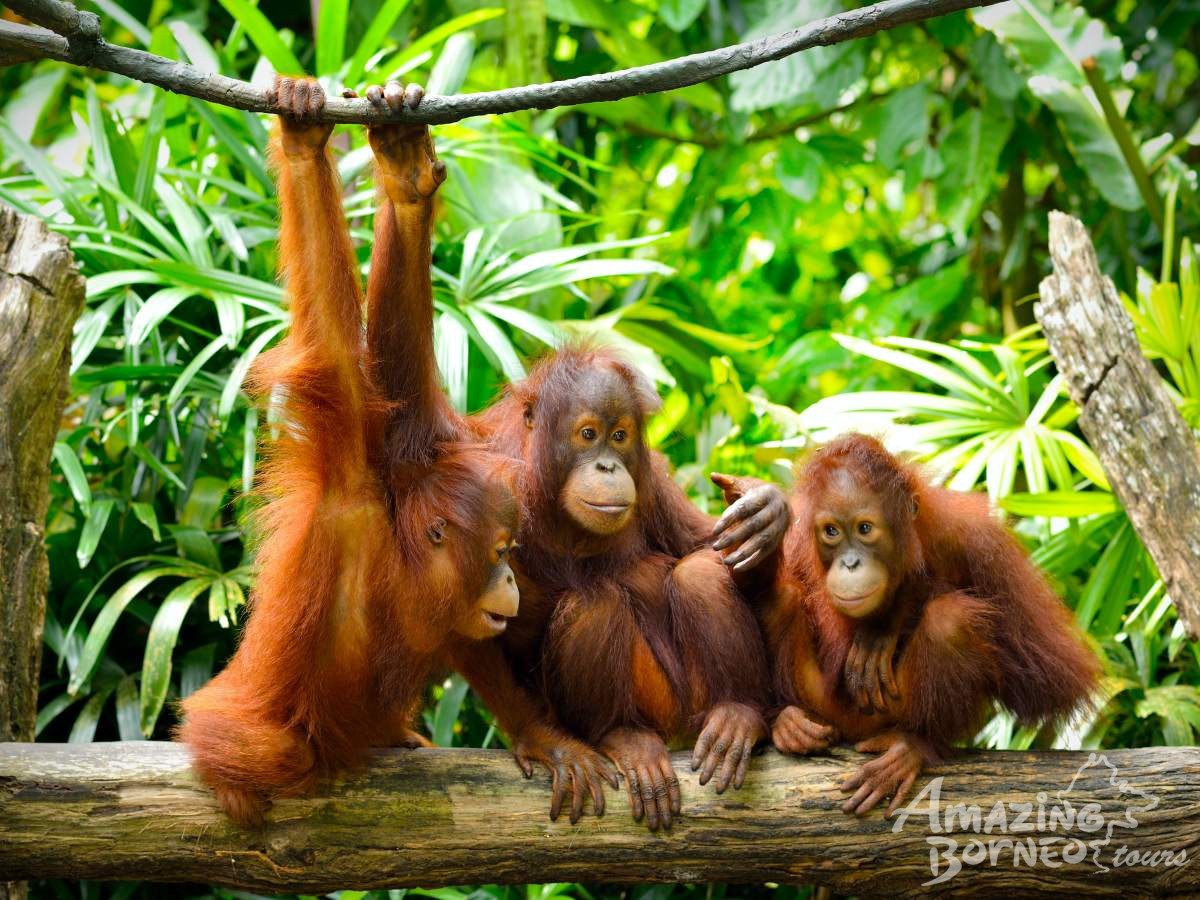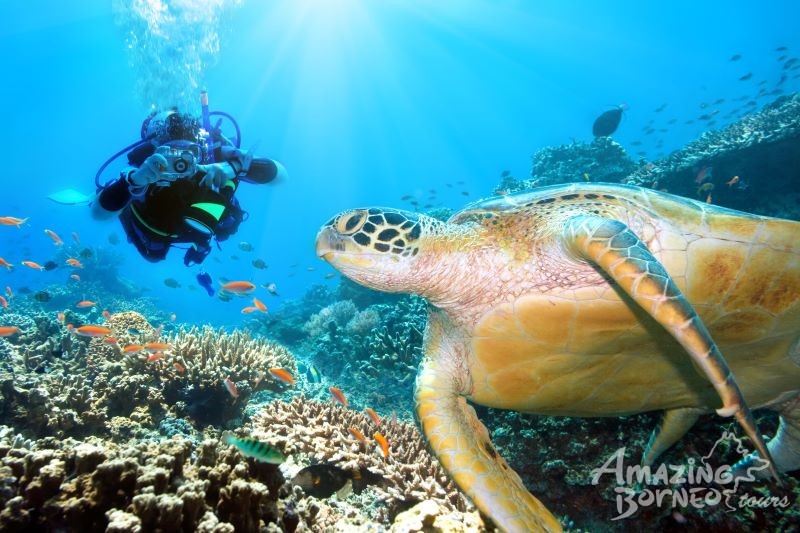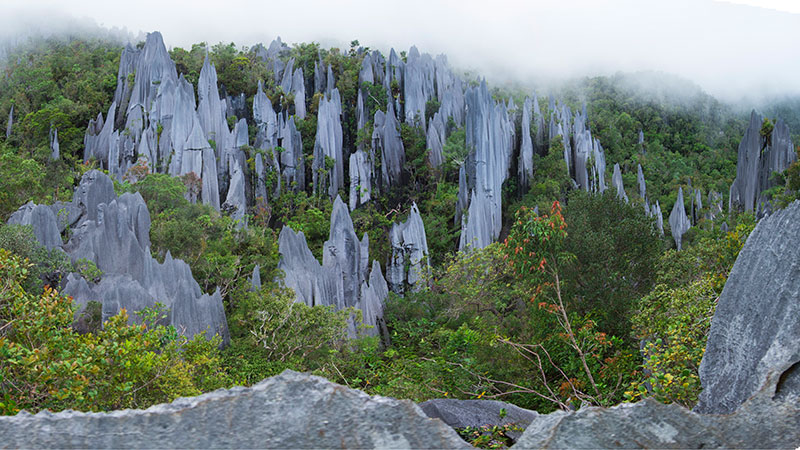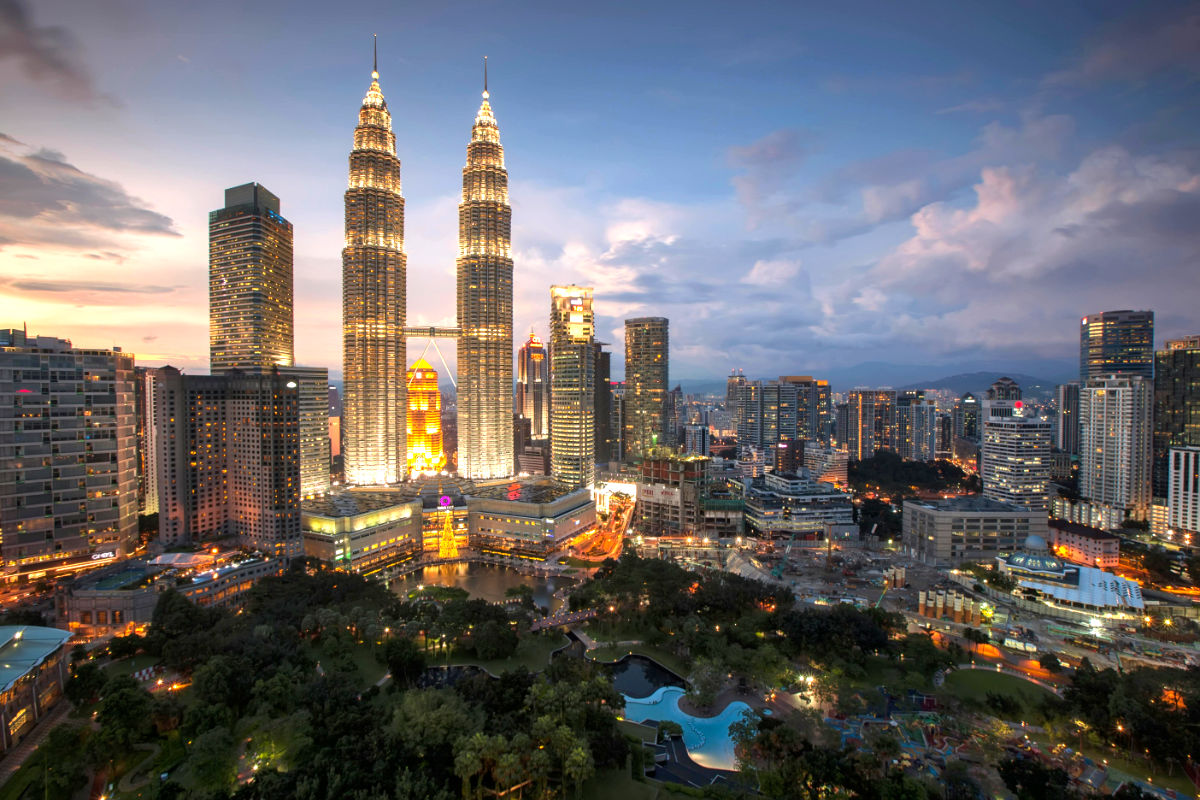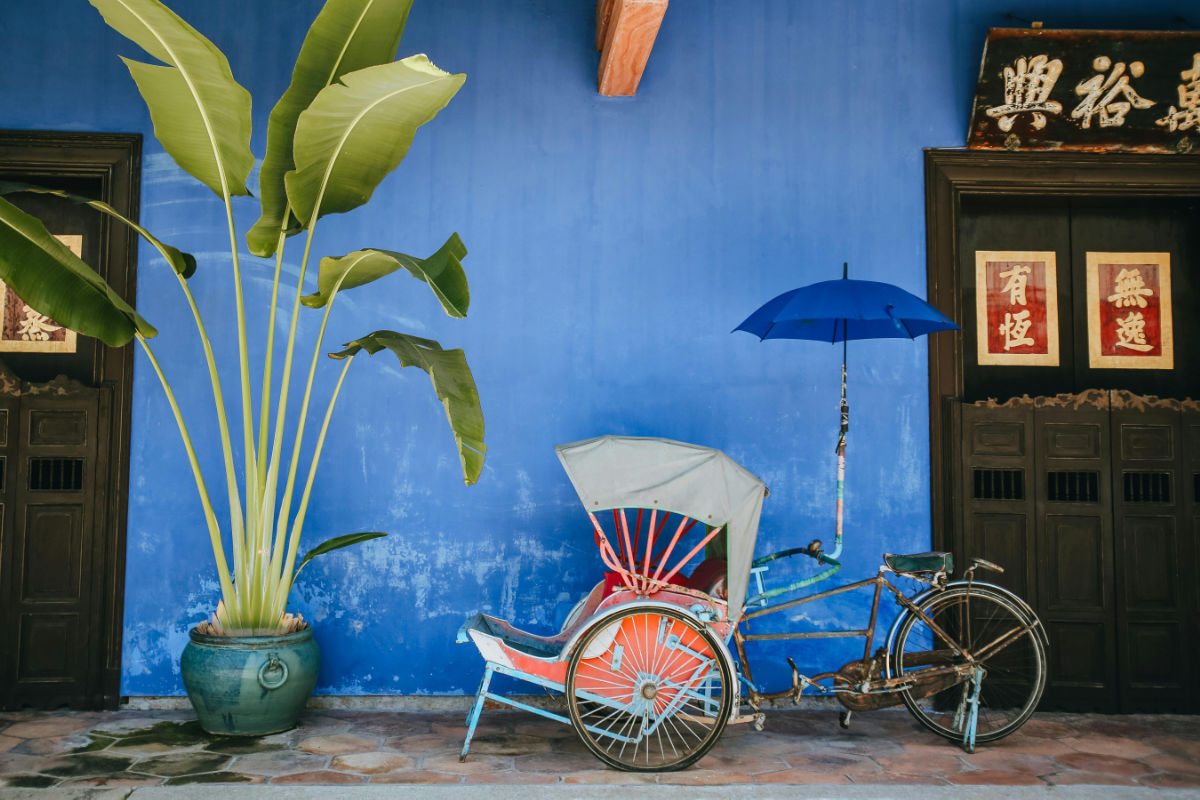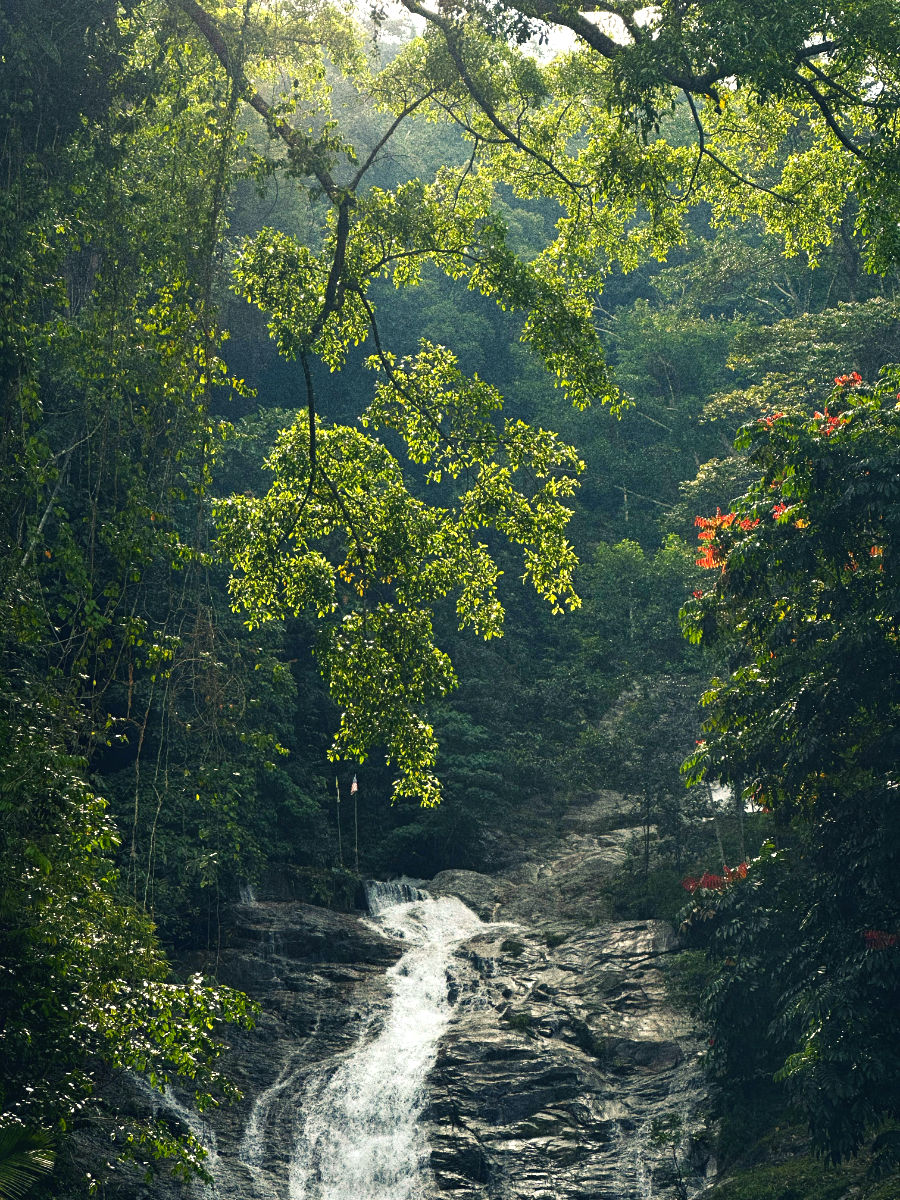About Malaysia
Malaysia is a country of rich diversity; in landscapes, people, and traditions. Divided by the South China Sea, it comprises Peninsular Malaysia in the west and East Malaysia on the island of Borneo. Together, they form one nation that blends vibrant cities, ancient rainforests, and warm hospitality into a uniquely Malaysian experience.
Home to Malays, Chinese, Indians, and nearly 100 indigenous groups, Malaysia thrives on harmony. From the rhythms of festive drums to the aromas of sizzling street food, every encounter reveals the colour, generosity, and cultural spirit that define its people.
